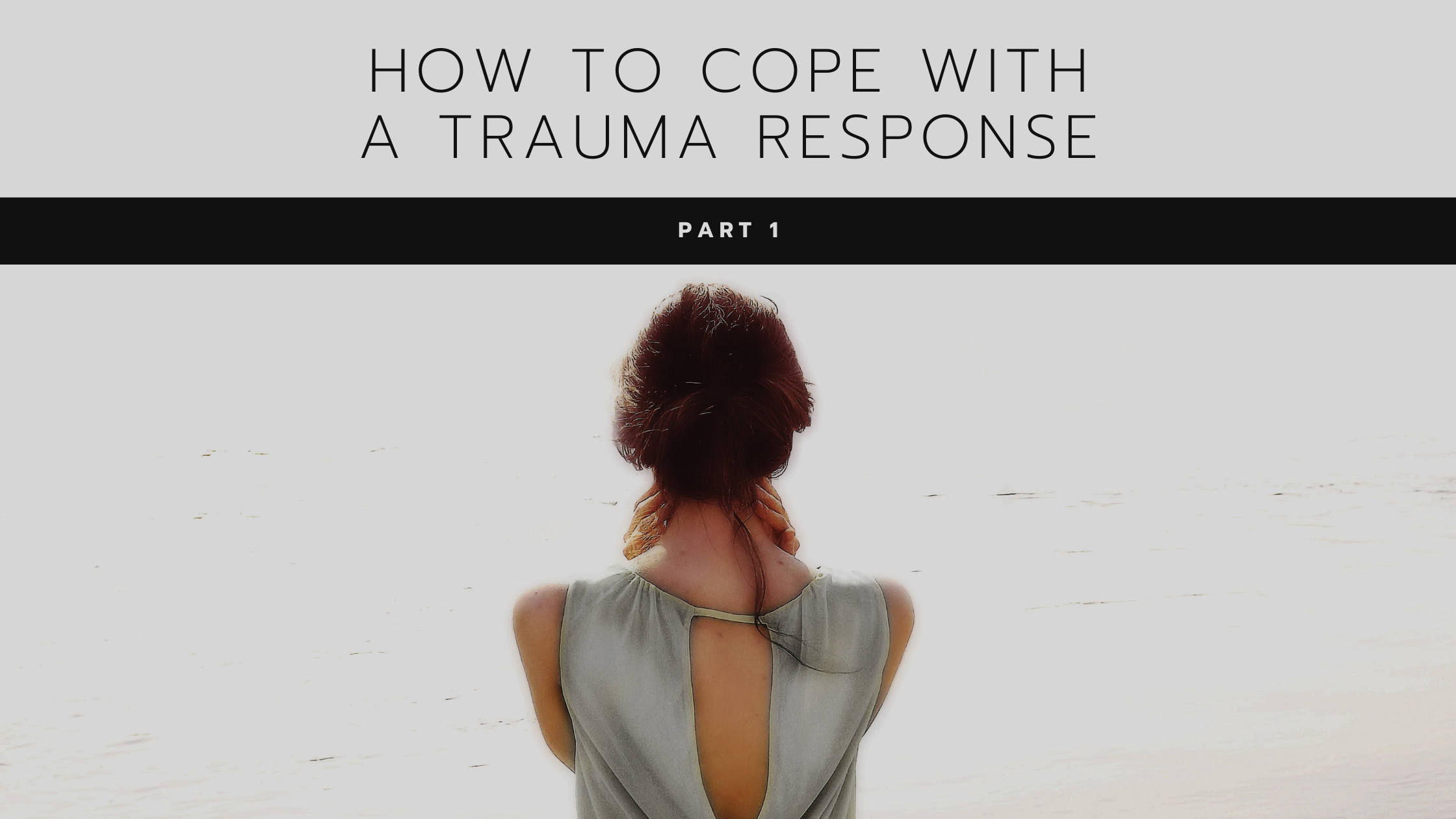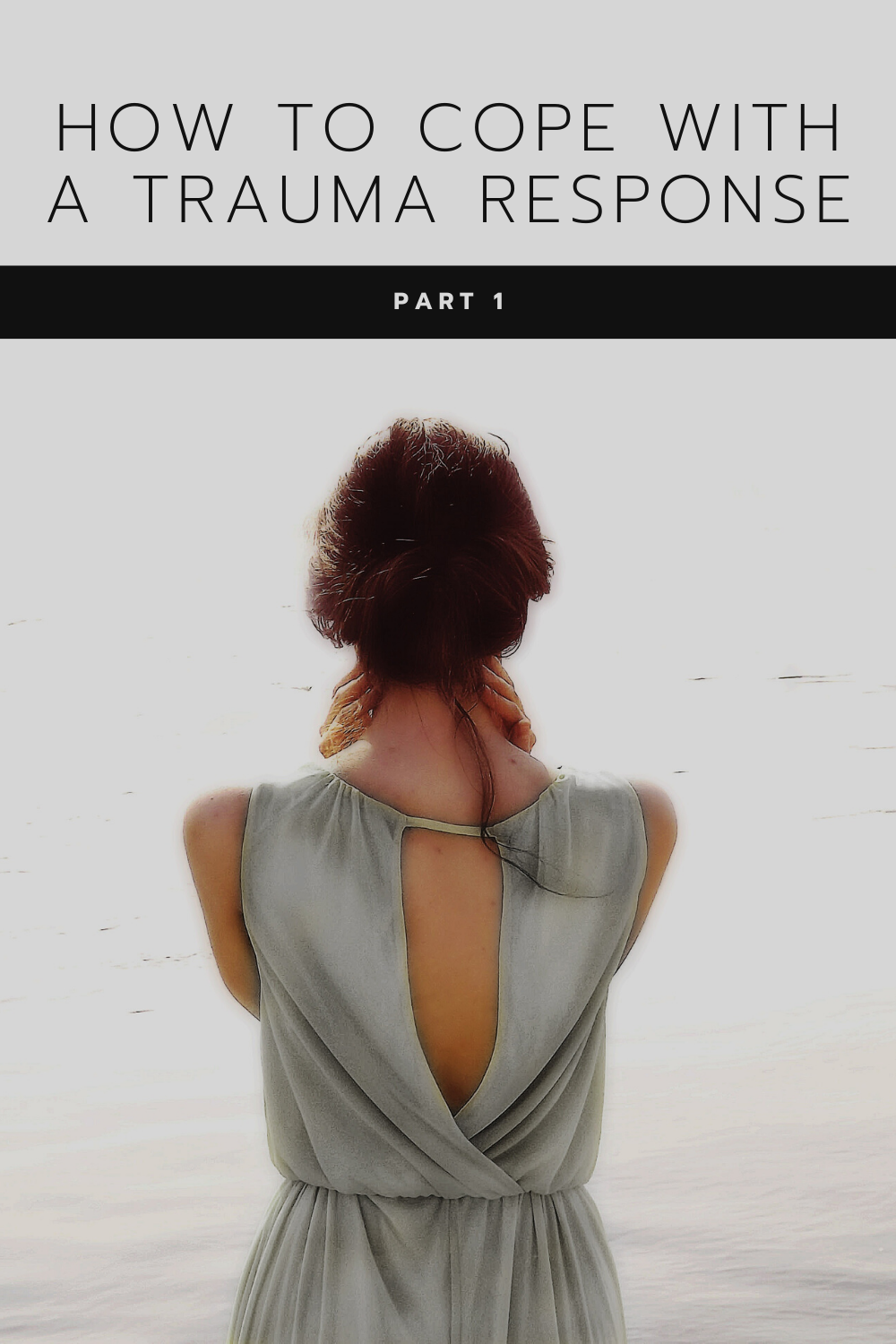Your day is progressing just like any other. Waking up, getting the kids ready for school, going to work, preparing dinner…when all of a sudden, out of nowhere, you’re hit with a flashback of the event. You feel a pit in your stomach, sweat breaks out on your forehead, and you feel your heart rate spike. You’re having trouble breathing, and you feel the urge to escape.
If you have post-traumatic stress disorder (PTSD) or symptoms related to PTSD, you probably know this experience well. Memories of the trauma or triggers that remind you of the event can send you into a tailspin: you’re fine one moment, then in a panic or shut down the next. For partners who have experienced betrayal trauma, this response arises with triggers related to their addicted spouse’s behaviors.
The experience of a trauma response can be scary, as it often comes on suddenly and feels impossible to stop. It can be exhausting to go through one of these experiences as your body goes into overdrive, trying to protect you from a threat that (often) isn’t there. To cope with your response, you might shut down into a depression, lash out in anger or irritation at the people around you, collapse into grief and sadness, or turn inward with shame.
How do I know I’m having a trauma response vs. pure anxiety or panic?
There are several common symptoms of post-traumatic stress disorder that may come up when trauma resurfaces:
Flashbacks to traumatic events (re-experiencing the memory as if it were happening now)
Mood swings and emotional volatility
Exaggerated startle response
Avoiding certain triggers or activities that you used to find enjoyable
Low self-esteem
Isolation and withdrawal from others
Trauma shares symptoms with anxiety and/or panic attacks. Anxiety often includes worries that are more future-oriented than trauma. While it is true that some anxiety centers around worry about events from the past, trauma responses are different in that they can be traced back to a specific memory of a traumatic event.
Panic attacks can also arise as a result of trauma, with symptoms such as racing heart rate, sweating, feeling faint, nausea, and worry that you’ll die (often related to the heart rate symptoms). If you experience these symptoms, be sure to meet with your doctor to rule out any underlying medical causes. However, if there is no obvious medical cause, see if you can connect your reaction to a specific reminder of trauma (as in a trauma response), or notice if the panic arises seemingly out of nowhere (as in panic disorder).
How to Manage Trauma Responses
There are two stages to handling trauma responses. First, you need strategies to bring yourself back into your window of tolerance by calming the physical and emotional reactions you’re having. Once you’ve been able to calm and self-soothe, the next step involves exploring the cause of the traumatic response and some options for processing and addressing that trauma. Today, in Part 1, we’ll talk about the first step: reducing the intensity of your initial response.
Reduce the physical and emotional overwhelm caused by the initial hit of trauma.
You can’t think straight when you’re in the middle of a trauma response, as your body and mind take you out of your prefrontal cortex (the part of your brain involved with decision-making, impulse control, and executive thinking) and move you into your limbic system (the emotional center; the fight-flight-freeze response).
In order to bring your thinking brain back online, it is necessary to calm down your nervous system enough to communicate to yourself that you don’t need to run from a threat, as the adrenaline response is prompting you to do. Deep breathing, guided meditations, progressive muscle relaxation, grounding exercises, and other ways of calming down the nervous system are useful during these moments.
Use coping thoughts to calm your emotions.
Often, the traumatic event happened in the past and is not currently occurring, as in an experience of a car accident or a past experience of sexual assault. In these cases, you can use words to remind yourself of your current distance from that painful experience. They can help you ease the initial intensity of the trauma response. These might include phrases like:
I’m safe now, in this moment.
I’m no longer in that situation.
I can get through this.
This too will pass.
That was a painful experience, and I am not living it now.
But what if the trauma is ongoing? When you are in a relationship with a sex or love addict who has betrayed you and are working the process of recovery, the traumatic experience may feel more present and real due to broken trust. In those cases, it may be more helpful to use self-encouraging statements to affirm the strengths you have that are carrying you through. These might include words like:
I’ve been through painful moments before, and I’ve survived.
I’m strong enough to handle this.
I can’t control other people’s actions, but I can control my decisions and how I respond.
I can handle this one day at a time.
This is hard now, but in the long-term, I’m going to be okay.
Use a distraction technique.
If meditations and coping thoughts aren’t cutting it, use a distraction technique. These are not meant to create unhealthy dissociation from your feelings or events, but instead are meant to help calm the intensity of your experience so that you aren’t as overwhelmed by it and can approach it with more curiosity. It helps to think of this distraction as temporary, meant to bring your level of intense emotion down so that you can make sense of your reaction and respond differently.
Using strategies popularized by dialectical-behavioral therapy (DBT) can help create this distraction. Find an enjoyable activity that you can engage in for a period of time that takes your mind off the trigger. Engage in a self-soothing behavior that helps you connect to your five senses. Use the acronym ACCEPTS to help you connect with ways you can distract yourself from the distress.
In Part 2, we’ll delve into how to explore and process the trauma response, creating tools to help you navigate its impact differently in the future.






